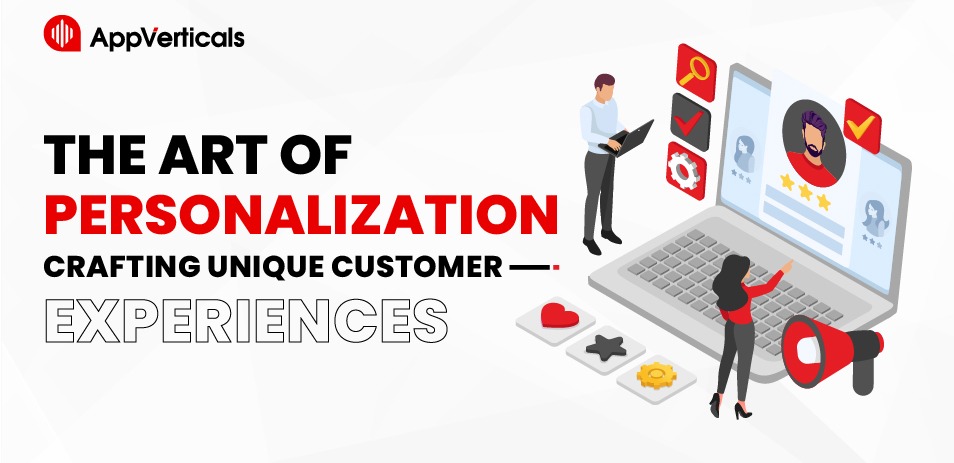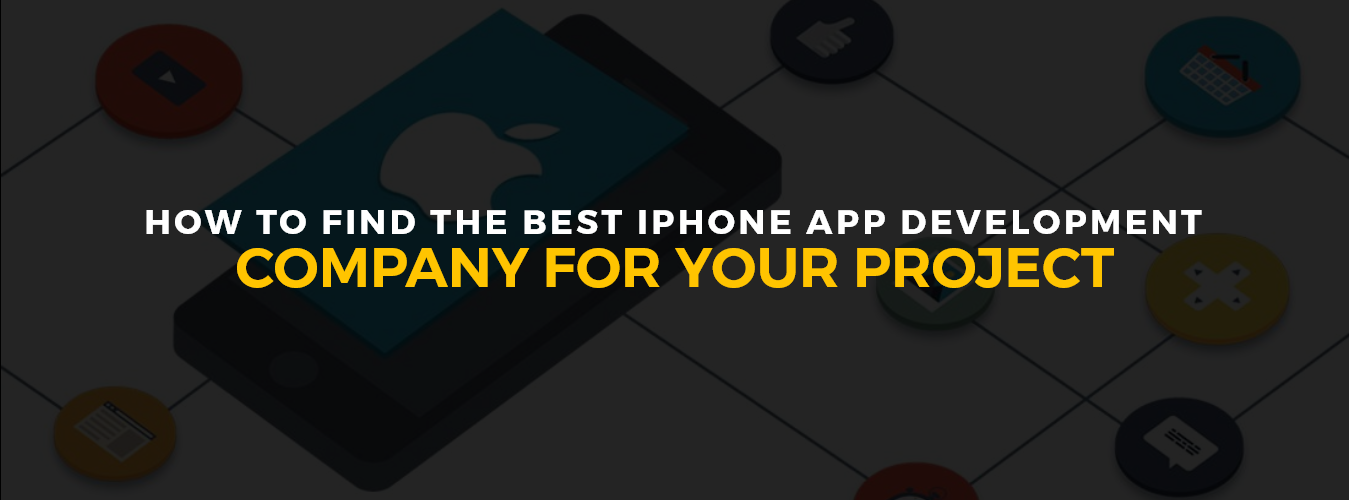Crafting Your Ideal Mobile App/Experience Starts Here!
Ready to elevate your business? Your custom app is just a click away.
Yes Let’s goOverview
What is UI/UX?
User experience (UX) and user interface (UI) design are crucial aspects of creating a successful website, app, or digital product. They work hand in hand to ensure that users have a positive and intuitive experience when interacting with a digital product.
UX Design
UX design refers to designing a digital product with the user in mind. It involves understanding user needs, goals, and behaviors and then creating an interface that meets those needs in a user-friendly way. A good UX designer will focus on improving the overall experience for the user and creating a product that is easy to use and navigate.
The UX design process typically involves the following steps:
Research
Research is a crucial step in the UX/UI design process. It involves gathering information about the target audience, their needs, behaviors, and pain points. The research aims to understand the user and create a product that meets their needs and expectations.
There are various research methods that UX/UI designers can use, including:
Surveys
Surveys can be used to gather data from a large number of users. They can provide valuable insights into user needs, behaviors, and preferences.
Interviews
Interviews can be used to gather more in-depth information about the user. They can provide insights into user goals, motivations, and pain points.
User testing
User testing involves observing users as they interact with a prototype or product. It can provide valuable insights into usability issues and areas that need improvement.
Analytics
Analytics tools can gather data about user behavior and how they interact with a product. This data can be used to identify areas that need improvement.
Research should be an ongoing process throughout the design process. It is important to gather feedback from users at every stage to ensure that the product meets their needs and expectations.
User personas
User personas are fictional characters that represent the target audience for a product or service. They are created based on research and data gathered about the users, including their needs, behaviors, goals, and pain points.
User personas are useful for UX/UI designers as they help create empathy and understand the target audience. They can guide design decisions, prioritize features, and ensure that the product meets the target audience’s needs.
Also Recommend: Xamarin vs React Native
To create a user persona, designers typically follow these steps:
Conduct research
Research to gather data about the target audience. This can include surveys, interviews, and user testing.
Identify commonalities
Identify common patterns in the data, such as common needs, behaviors, and pain points.
Create personas
Use the data to create fictional characters that represent the target audience. Each persona should have a name, job title, goals, and pain points.
Use personas
Use the personas to guide design decisions and ensure that the product meets the target audience’s needs. Designers can ask themselves questions like, “Would this feature benefit one of our personas?” or “Would our personas find this feature easy to use?”
User personas are a valuable tool for UX/UI designers as they help to keep the focus on the user and ensure that the product meets their needs and expectations.
Information Architecture
Information architecture (IA) organizes and structures information in a way that makes it easy to find and understand. It is an important part of the UX/UI design process as it helps to create a logical and intuitive interface that is easy for users to navigate.
The IA process typically involves the following steps:
Gather content: Collect all the content that will be included in the product, including text, images, and multimedia.
Organize content
Group the content into categories and subcategories based on its type and purpose. This helps to create a logical and intuitive structure for the product.
Create a sitemap
A sitemap visually represents the product’s structure, including all the categories and subcategories.
Create a navigation system
The navigation system should be designed to help users find the information they need quickly and easily. This can include menus, search functionality, and breadcrumb trails.
Label content
Each piece of content should be labeled in a way that makes it easy for users to understand what it is and where it fits within the product’s structure.
Test and refine
IA should be tested with users to ensure that it is intuitive and easy to use. Based on user feedback, the IA can be refined to improve usability.
IA is a crucial part of the UX/UI design process as it helps to create a logical and intuitive structure for the product that is easy for users to navigate. It ensures that users can find the information they need quickly and easily, which can improve the overall user experience.
Also Recommend: how to build an augmented reality android app
Wireframes
Wireframes are a visual representation of the layout and structure of a product, such as a website or mobile app. They are created in the early stages of the design process and are used to communicate the basic layout and functionality of the product without distracting details such as colors, images, and typography.
Wireframes typically include boxes and lines representing different product elements, such as navigation menus, buttons, forms, and content areas. They are designed to be simple and easy to read, with minimal distractions, to focus on the basic structure and layout of the product.
Wireframes are useful for several reasons:
- They help to create a common understanding among the design team and stakeholders of the basic layout and functionality of the product.
- They provide a low-cost, low-risk way to test different design concepts and layouts.
- They help to identify potential usability issues and improve the overall user experience.
- They can be used to get early feedback from users and stakeholders.
Many tools are available for creating wireframes, from paper and pencil to specialized software. When creating wireframes, it is important to focus on the basic layout and functionality of the product and avoid getting bogged down in details such as colors, images, and typography. The goal is to create a simple, easy-to-read representation of the product that can be used as a starting point for more detailed design work.
Prototyping
Prototyping is the process of creating a working model of a product or interface to test and refine its design. Prototypes can take many forms, from simple sketches to more complex, interactive models that simulate the final product.
The main purpose of prototyping is to test the design and functionality of the product with real users and stakeholders. It allows UI/UX design companies to gather feedback and identify usability issues that must be addressed before the final product is developed.
There are several types of prototypes, including:
Low-fidelity prototypes
These are quick and easy to create and often involve sketches, paper cutouts, or simple wireframes. They are used to test the basic layout and functionality of the product.
Medium-fidelity prototypes
These are more detailed and often involve interactive models created with prototyping software. They can be used to test more complex interactions and user flows.
High-fidelity prototypes
These are more polished and often involve creating a realistic simulation of the final product. They are used to test the product’s appearance, usability, and overall user experience.
Prototyping is a critical part of the UX/UI design process, as it allows UI/UX design companies to test and refine their ideas in a low-risk and low-cost environment. It can help identify potential usability issues and ensure that the final product meets the target audience’s needs.
Testing
Testing is an essential part of the UX/UI design process. It involves evaluating the usability and functionality of the product with real users to ensure that it meets their needs and expectations. Testing can take many forms, including usability testing, A/B testing, and user acceptance testing.
Crafting Your Ideal Mobile App/Experience Starts Here!
Ready to elevate your business? Your custom app is just a click away.
Yes Let’s go







